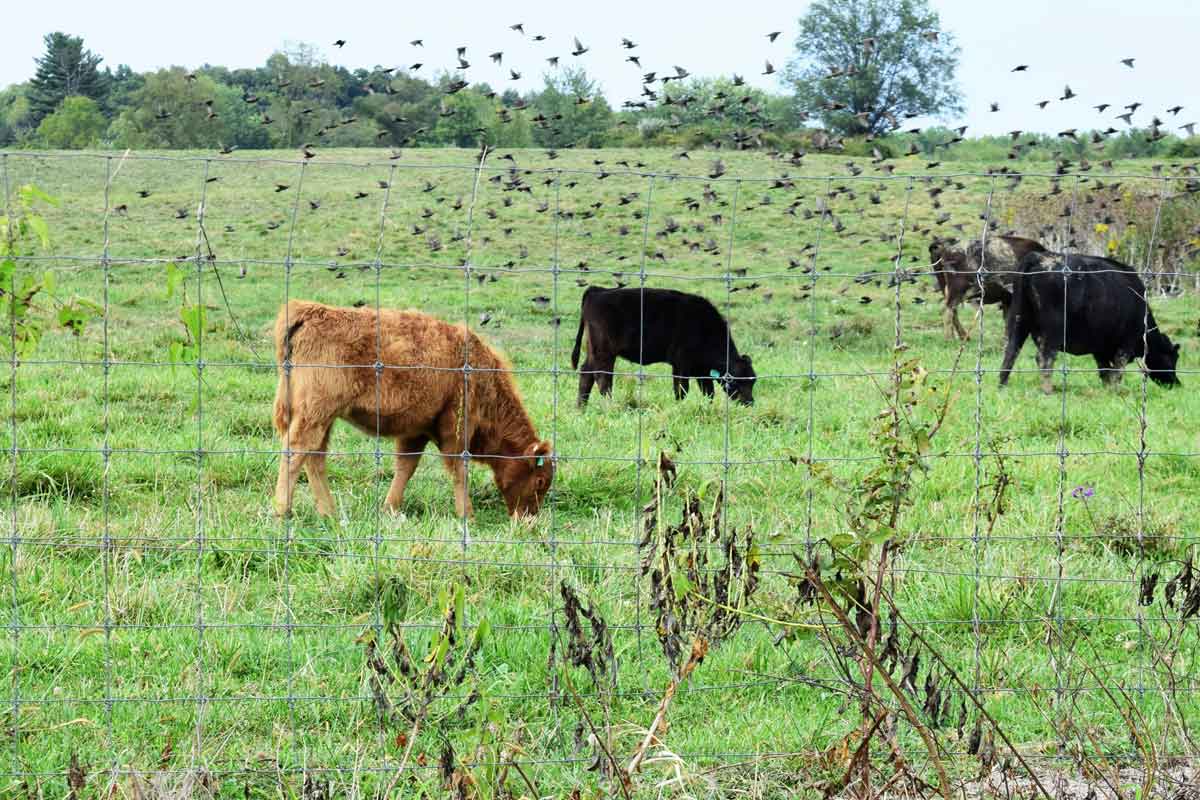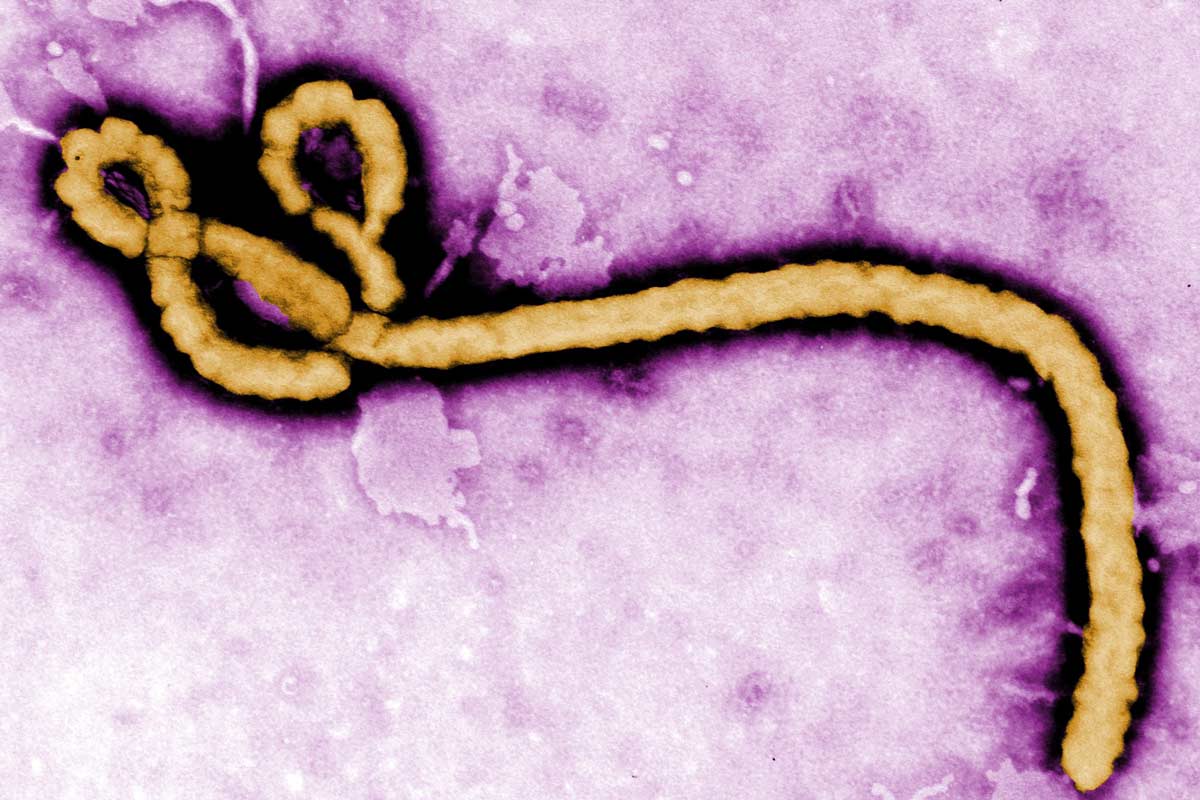A disfiguring tropical disease is gaining a foothold in the US
Once seen almost exclusively in returning travellers, cutaneous leishmaniasis is now being detected in the United States in people with no international travel history. Is climate change to blame?
- 20 October 2023
- 4 min read
- by Linda Geddes

A uniquely American strain of the parasite that causes cutaneous leishmaniasis may be gaining a foothold in the United States, spread by local sandfly populations.
Researchers suspect that changing climate conditions may be making it easier for sand flies to survive and spread – prompting concerns that they could also potentially acquire a more deadly form of the parasite via imported dogs.
"There have been previous indications of local transmission based on a small number of case reports, but for the first time we have a distinct genetic fingerprint from a relatively large cluster, providing further evidence that leishmaniasis may be well-established in some parts of the United States."
– Dr Mary Kamb, CDC’s National Center for Emerging and Zoonotic Infections
Cutaneous leishmaniasis is a skin infection caused by a single-celled parasite that is transmitted by sandfly bites. It can lead to skin ulcers that may take weeks or months to emerge. While medicines exist to treat infections, the disease can cause disfiguring scars. It is estimated to infect up to one million people each year, mainly in the Middle East, central Asia, northern Africa and Latin America.
Researchers at the US Centers for Disease Control and Prevention (CDC) have documented an unexpected rise in domestic infections over the last ten years and, although most of these cases were in patients who had travelled to countries where leishmaniasis is common, there were 86 patients with no travel history.
To investigate, Marcos de Almeida and colleagues at the CDC used genetic sequencing to analyse tissue samples from all the patients. This revealed that a genetically distinct strain of Leishmania mexicana – the main cause of cutaneous leishmaniasis in Mexico and central America – appeared to be the cause of the disease in non-travellers, suggesting that their infections were caused by a uniquely American "genotype" of the disease being spread by local sandfly populations.
"There have been previous indications of local transmission based on a small number of case reports, but for the first time we have a distinct genetic fingerprint from a relatively large cluster, providing further evidence that leishmaniasis may be well-established in some parts of the United States," said Dr Mary Kamb at CDC's National Center for Emerging and Zoonotic Infections, who was involved in the research.
Have you read?
"While most of these infections were in people living in Texas, sand flies that can transmit leishmaniasis are found in many parts of the country and especially in the southern United States."
She added that a lack of awareness about leishmaniasis makes it difficult to assess whether local transmission may be a more widespread problem, outside of Texas.
The research was presented at the American Society of Tropical Medicine and Hygiene's annual meeting.
Dr Vitaliano Cama, a senior advisor at the CDC's Division of Parasitic Diseases and Malaria, said: "A number of factors might be contributing to the increasing number of cutaneous leishmaniasis cases sent to CDC for testing. Among these is the speculation that changes in climate conditions may lead to suitable environments for sand fly survival and reproduction, and that could enable the transmission of leishmaniasis to emerge in new areas. There are still a lot of questions about where this disease is going and why."
The discovery has also prompted questions about whether a life-threatening form of leishmaniasis, called visceral leishmaniasis, could also gain a foothold in US sand flies. It is caused by a related parasite called Leishmania infantum, and kills 20,000 to 30,000 people globally each year.
The worry is that domestic sand flies could acquire this parasite from the growing number of dogs being imported from regions where the disease is common.
Dr Christine Petersen, Director of the Center for Emerging Infectious Diseases at the University of Iowa, said: "Dogs are the primary host for this disease, and there are dogs now regularly coming into the US that have lived in areas where Leishmania parasites circulate in animals and people. We need a better system for guarding against the risk of introducing Leishmania infantum, one of the world's deadliest tropical parasites, into US sand fly populations."








